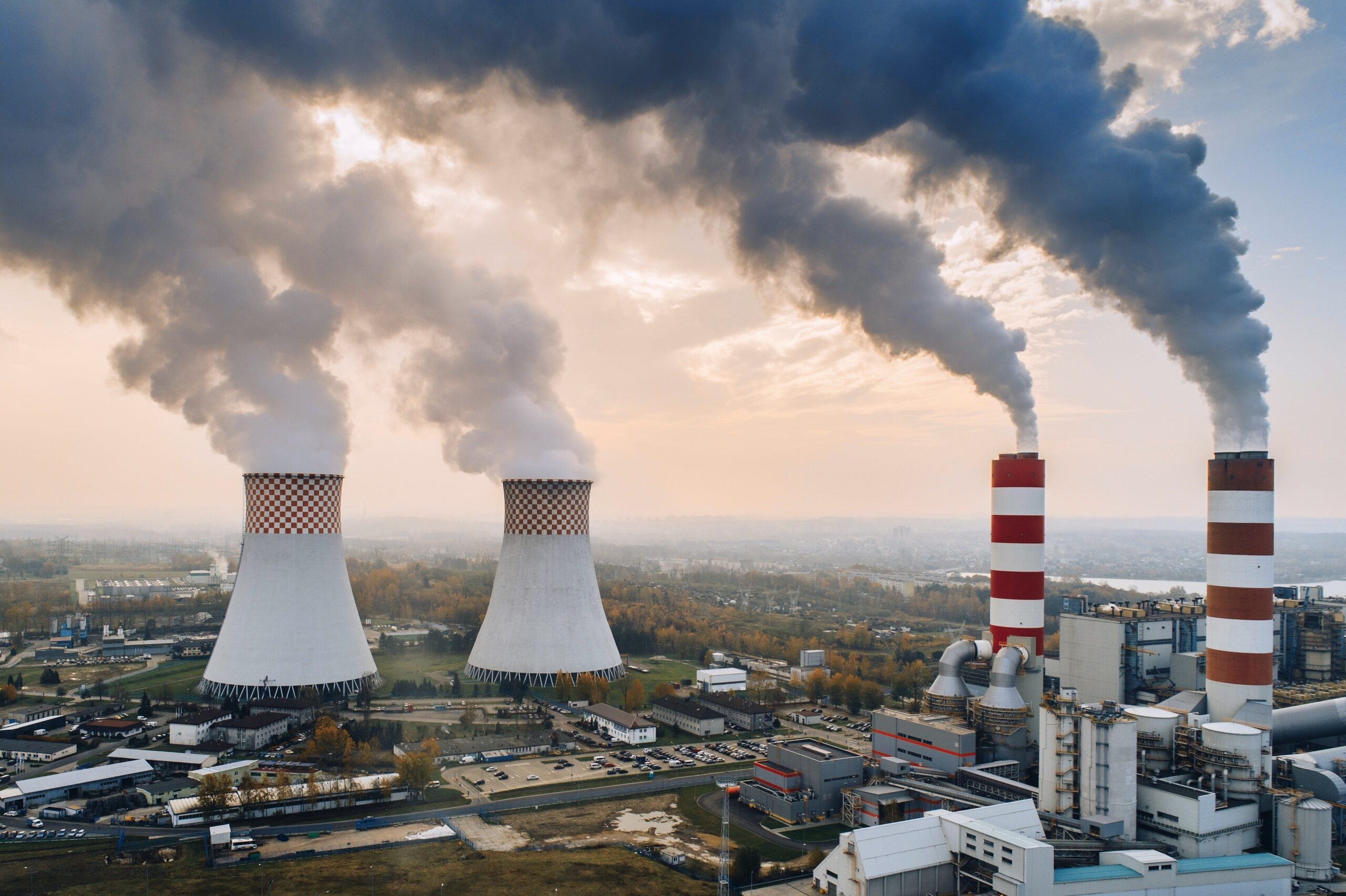Artificial Intelligence (AI) has radically transformed the technological landscape over the past few decades. It has not only simplified our tasks but has also made a profound impact across various domains. Whether it is healthcare, education, finance, or the concept of smart cities, AI has brought about revolutionary changes in all these sectors. However, there is another aspect of AI that is often overlooked—the growing energy consumption. As the use of AI continues to rise, its energy consumption also increases, posing a new challenge. In this article, we will delve into how the rising energy consumption of AI is impacting our energy infrastructure, what possible solutions can be implemented, and how we can balance AI with energy consumption.
1. AI and Energy Consumption: A Growing Concern
When we think about AI, our focus typically rests on its benefits and the tasks it performs. However, the engines driving AI—supercomputers and vast data centers—consume massive amounts of electricity. AI models such as ChatGPT-4 and other computation-heavy models work with millions, even billions, of parameters, leading to a remarkable increase in energy consumption.
A study by Google found that from simple search engine queries to complex AI-based computations, energy consumption has increased significantly. For instance, training models like ChatGPT-4 requires the use of a supercomputer that consumes power around the clock. This process is not only resource-intensive but also places a strain on the energy grid of regions where these computations are occurring.
2. The Role of Supercomputers and Data Centers
Supercomputers and data centers play a critical role in the development of AI. When we say that training an AI model requires a vast dataset, it means that immense computational power is needed to process these datasets. This power can only be found in large supercomputers. For example, training models such as GPT-3 and GPT-4 requires thousands of servers that continually use power.
The level of energy consumption during this process is so high that, if measured, it could equal the energy usage of a small city. Data centers fall into the same category, as they host these servers, and each server needs a constant power supply to function.
3. The Impact on Energy
The growing energy consumption of AI not only affects the companies using these technologies but also impacts the global energy network. In countries like the United States and China, where the adoption of AI is accelerating, the pressure on power grids is increasing. These countries' energy structures are already operating at maximum capacity, and with the rising use of AI, it is likely that these grids will face additional stress.
In the United States, the power grid infrastructure is aging and has not been updated in a timely manner. As a result, when additional energy consumption generated by AI occurs, managing this load becomes a challenge for the outdated grids. Moreover, witnessing the increasing use of AI, China’s government has started revising its energy policies to accommodate the growing energy demands resulting from AI usage.
4. Solutions: Energy-Efficient AI Models
Having understood that the increasing energy consumption of AI is a major challenge, the next logical question is: what are the possible solutions? One of the most promising solutions is to develop energy-efficient AI models. These models can provide the highest-level outcomes while consuming less energy compared to traditional AI models.
Researchers have recently developed smaller, physics-based AI models that consume just 1/1000th of the energy used by conventional models. These models not only reduce energy consumption but also provide more accurate and efficient results. They can be used for large datasets and complex computations that previously required supercomputers.
5. Latest AI Chips and Their Contribution
The development of AI-optimized chips is also a significant step forward. Compared to older AI chips, the latest chips consume 10 times less energy. These chips are designed to accelerate AI operations while keeping energy consumption under control.
These chips are particularly useful in areas where large datasets need to be processed, such as machine learning and deep learning. They can be effectively employed in AI calculations, helping to reduce energy consumption significantly.
6. Renewable Energy Sources and AI
Another solution lies in the use of renewable energy sources. Instead of relying on traditional energy sources, renewable energy such as solar and wind power can be utilized to meet the energy demands of AI. Many countries have started taking steps in their energy policies to increase the usage of renewable energy sources.
Countries like China and the United States have made significant investments in solar and wind energy sectors to balance the additional energy consumption generated by AI. Furthermore, they are also working on enhancing the capacity of their power grids to manage new energy consumption patterns.
7. The Future of AI and Energy Grid Balance
In conclusion, balancing AI and energy consumption is a challenging task, but it is not impossible. As AI technology continues to improve, so too do the methods for controlling its energy consumption. Researchers are working on developing new AI models, chips, and energy sources to ensure a balance between productivity and energy efficiency.
Additionally, steps are being taken to enhance the capacity of power grids and promote the use of renewable energy sources. These efforts will play a key role in ensuring a sustainable future where AI can continue to grow while minimizing its environmental impact.
Conclusion
In this article, we have explored the growing energy consumption of AI, its global impact, and the potential solutions to address this challenge. It is clear that the future of AI is bright, but it is equally important to consider its energy consumption. As AI technology evolves, it will be crucial to focus on energy management to build a stable and efficient energy system for the future.
The rapid growth of AI is not just a technological revolution; it is also a challenge that requires us to rethink how we consume and manage energy. By developing more energy-efficient models, utilizing renewable energy sources, and enhancing the infrastructure to support these changes, we can ensure that AI continues to benefit society without causing significant harm to the environment.
The need for sustainable AI is pressing, and as we move forward, it will be essential to foster collaboration between AI developers, energy providers, and policymakers to create a system that supports both technological innovation and environmental preservation.
As AI continues to evolve and impact every aspect of our lives, it will become increasingly important to strike a balance between technological advancement and responsible energy consumption. The future of AI is not just about smarter machines but also about how we ensure their responsible use in a world that is facing increasing environmental challenges.
The challenge of energy consumption in AI is one that must be addressed urgently. However, with the right technological advancements and policy measures, there is a path forward that allows us to harness the potential of AI while also ensuring a sustainable future for generations to come.


























0 Comments